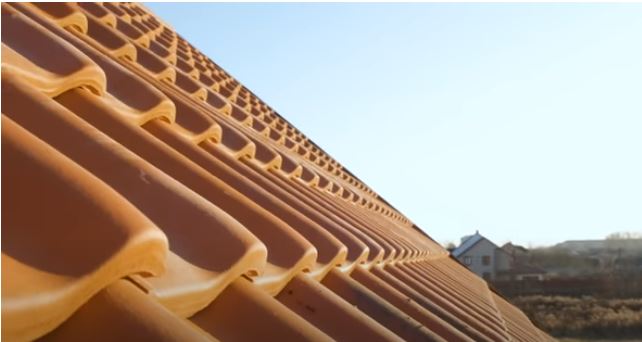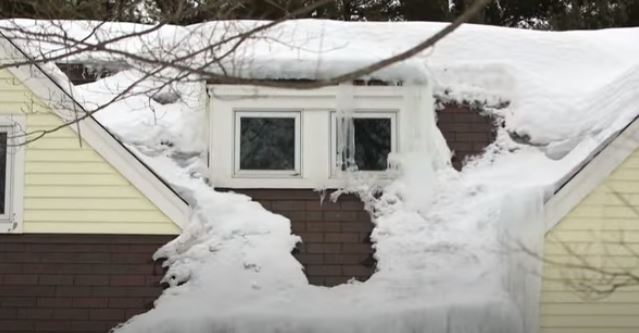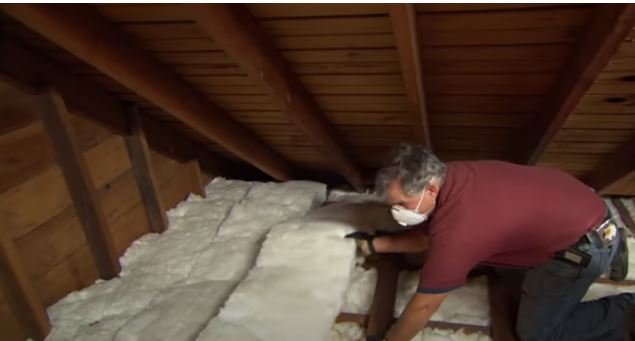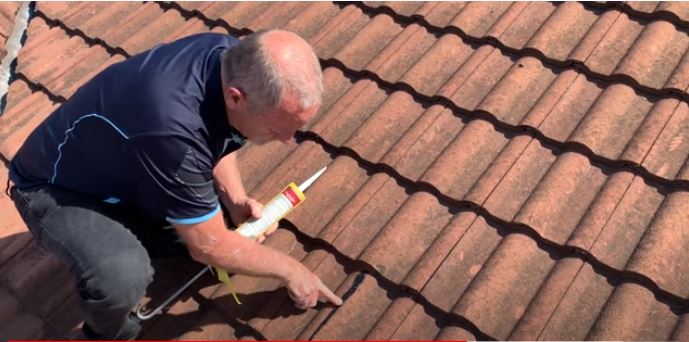
I. Introduction
A well-installed flat roof is critical to the structural integrity of a building. It ensures the safety of the occupants and protects the building from water damage and other environmental elements. A poorly installed roof can lead to costly repairs, while a well-installed one can save you money in the long run.
In this blog article, we will provide an in-depth look at flat roofs, including their installation, maintenance, and common mistakes to avoid. Whether you’re a homeowner looking to replace your roof or a professional roofer, this article will provide you with valuable insights.
II. Understanding Flat Roofs
A flat roof is a roof structure that has minimal slope, typically not exceeding 10 degrees. This design allows the roof to be used for various purposes, such as a living space or the installation of solar panels. Flat roofs are common in commercial and industrial buildings but are also found in residential structures.
There are several materials that can be used for flat roofs, each with its advantages and drawbacks:
- Asphalt: Asphalt is a traditional material for flat roofs. It is durable and provides excellent waterproofing. However, it is also heavy and requires a strong roof structure to support its weight.
- EPDM (ethylene propylene diene terpolymer): EPDM is a type of rubber roofing material. It is lightweight, durable, and resistant to UV radiation. However, it may not be as aesthetically appealing as other materials.
- PVC (polyvinyl chloride): PVC is a popular choice for flat roofs due to its durability and resistance to fire, wind, and chemicals. However, it can become brittle over time.
- TPO (thermoplastic olefin): TPO is another type of rubber roofing material. It is energy-efficient and resistant to UV radiation. However, its lifespan is relatively shorter compared to other materials.
Flat roofs offer several advantages, such as additional living space and lower installation cost. However, they also have a few drawbacks, including a limited lifespan and higher maintenance needs compared to sloped roofs.
III. Preparing for Flat Roof Installation
Before installing a flat roof, it is crucial to assess the existing roof structure. This involves checking the condition of the roof deck and ensuring it can support the weight of the new roof.
To prepare for flat roof installation, follow these steps:
A. Clear the roof surface: The roof surface should be cleared of any debris or loose materials. This will prevent any damages during the installation process and ensure a smooth, flat surface for the new roof.
B. Repair existing damages: Any existing damages or leaks should be repaired before the new roof is installed. Ignoring these issues can lead to further problems down the line and compromise the performance of the new roof.
C. Evaluate insulation needs: The insulation needs of the building should be evaluated. Insulation plays a crucial role in maintaining the indoor temperature and reducing energy consumption.
D. Reinforce the roof structure if necessary: If the existing roof structure is not strong enough to support the new roof, reinforcements may be needed. This can involve adding additional support beams or strengthening the roof deck.
IV. Installing a Flat Roof
Installing a flat roof involves several steps:
-
Underlayment: The underlayment, a protective layer that prevents water from penetrating the roof, should be applied first. This layer acts as an additional barrier against moisture.
-
Membrane installation: The membrane, which serves as the main waterproofing layer, should be installed next. This layer can be made of asphalt, EPDM, PVC, or TPO, depending on the chosen material for the roof.
-
Seaming and flashing: Seaming and flashing are then added to prevent water from entering through the joints and edges. Proper installation of these components is necessary to ensure a watertight seal.
-
Insulation: Insulation layers are added to improve the roof’s energy efficiency. Adequate insulation helps to regulate the temperature inside the building and reduce energy consumption.
-
Topcoat application: Finally, the topcoat is applied to protect the roof from UV radiation and other environmental elements. The topcoat also helps to enhance the roof’s durability and extend its lifespan.
During the installation process, various tools and equipment are required, including a utility knife, tape measure, roofing nails, hammer, and others. These tools help ensure accurate measurements, precise cuts, and secure attachment of roofing materials.
V. Flat Roof Maintenance and Care
Regular inspections are crucial to ensure the roof remains in good condition and to identify any potential issues early. Here are some maintenance tips for flat roofs:
A. Regular cleaning: Cleaning and debris removal should be done regularly to prevent the buildup of materials that can damage the roof. Leaves, dirt, and other debris can block drainage systems and lead to water pooling, which can weaken the roof structure over time.
B. Prompt repairs: Leaks and damages should be addressed promptly to prevent further damage and potential structural issues. Regular maintenance can help identify these issues early and prevent them from escalating into costly repairs.
C. Professional inspections: It is advisable to hire a professional roofing contractor for regular inspections. They have the expertise to identify hidden problems and provide appropriate solutions to maintain the roof’s integrity.
D. Proper maintenance routine: Following a proper maintenance routine can extend the lifespan of a flat roof, saving you money in the long run. This routine can include periodic inspections, clearing of gutters and drains, and addressing any issues promptly.
VI. Common Flat Roof Installation Mistakes to Avoid
To ensure a successful flat roof installation, it is important to avoid common mistakes that can compromise its performance and longevity. Here are some mistakes to avoid:
A. Improper installation of flashing: Improper installation of flashing can lead to water leakage, which can damage the roof structure. Ensure that flashing is correctly installed and sealed to prevent any potential leaks.
B. Incorrect application of the membrane: Incorrect application of the membrane can cause bubbles or wrinkles, which can compromise the roof’s waterproofing ability. Proper installation techniques should be followed to ensure a smooth and even membrane surface.
C. Inadequate insulation: Inadequate insulation can lead to higher energy consumption and discomfort in the building. Properly insulating the roof helps maintain a consistent indoor temperature and reduces the load on heating and cooling systems.
D. Neglecting regular maintenance: Neglecting regular maintenance can shorten the lifespan of the roof and lead to costly repairs. Regular inspections and prompt repairs are essential to keep the roof in optimal condition.
VII. Hiring a Professional Flat Roof Installer
Hiring an experienced professional can ensure the roof is installed correctly and can save you from potential issues down the line. When choosing a flat roof installer, consider factors such as their experience, reputation, and the quality of their previous work.
To hire a professional flat roof installer, follow these tips:
A. Research and gather recommendations: Research different contractors and gather recommendations from trusted sources. Look for contractors with a proven track record of successful flat roof installations.
B. Check credentials and licenses: Ensure that the contractor has the necessary credentials and licenses to perform flat roof installations. This ensures that they have the expertise and knowledge required for the job.
C. Ask for references: Request references from the contractor and reach out to past clients to inquire about their experience. This can provide valuable insights into the contractor’s professionalism and the quality of their work.
D. Get a detailed estimate: Obtain a detailed estimate from each potential contractor, including the scope of work, materials to be used, and the expected timeline. This will help you compare different options and make an informed decision.
VIII. Conclusion
This article has covered a broad range of topics related to flat roofs, including their characteristics, installation process, and common mistakes to avoid. By understanding these aspects, you can make informed decisions when it comes to your flat roof.
Proper installation and maintenance of a flat roof can save you money and prolong the lifespan of the roof. Whether you’re a homeowner or a professional roofer, the information provided here can help you ensure a successful flat roof installation and maintenance.









